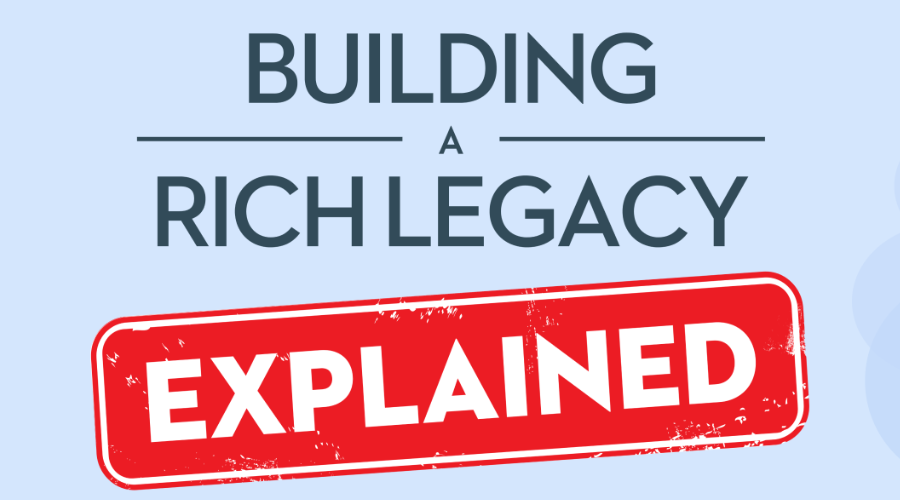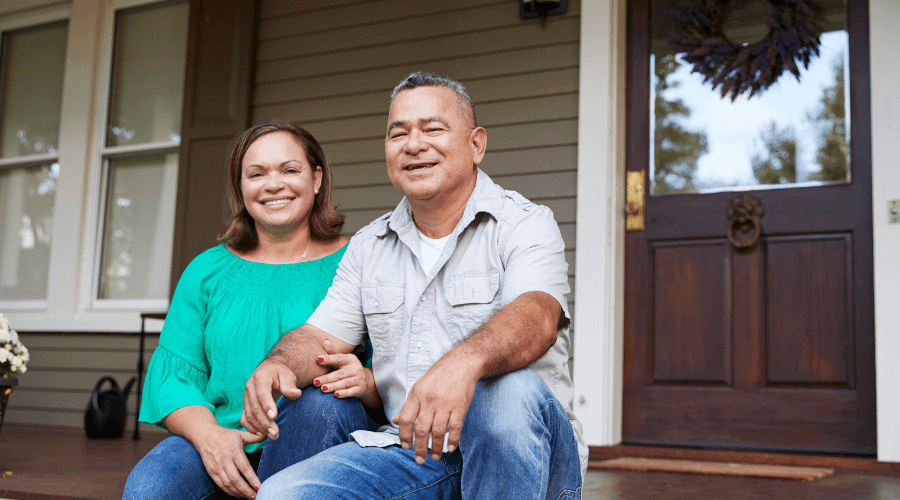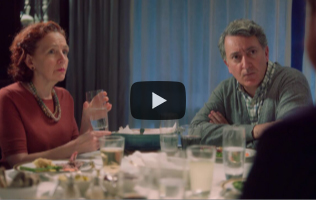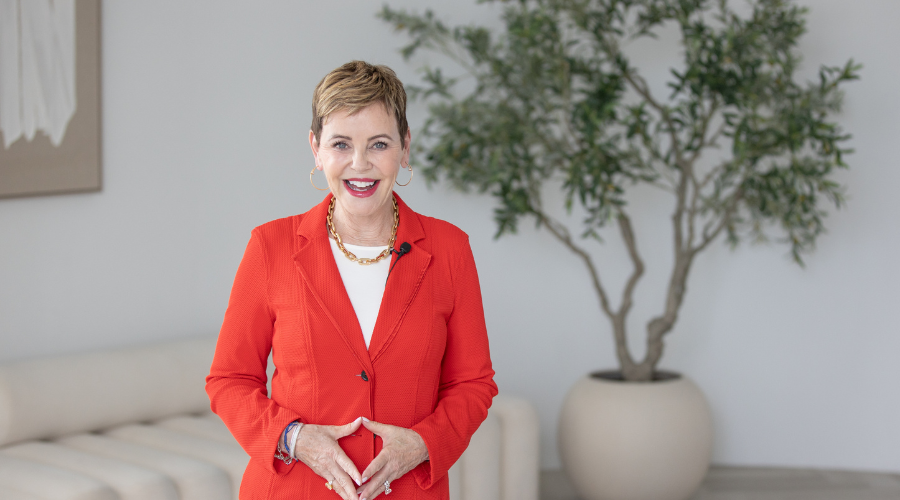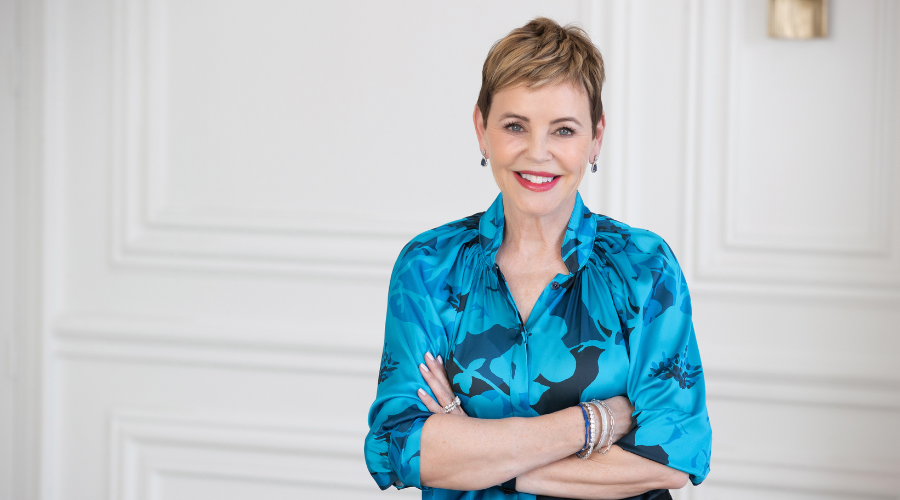By Joyce Wayne
On the day of my daughter’s 33rd birthday, I bought her a car. It isn’t a particularly fancy automobile; it’s six years old with low mileage SUV, so it’s big and high off the ground for safety on the highway. When we closed the deal at the car dealership, she was ecstatic. My daughter had been commuting by public transit between McMaster University in Hamilton, where she is pursuing a second degree, and simultaneously teaching at Sheridan College in Oakville and the University of Toronto in Mississauga. It’s a trek, no matter the weather or the time of day.
Choosing Between Paying Down Debt vs Family Support
She needs a car to manage her schedule. In 2024, I’d saved to pay down my mortgage, so I had the choice of paying down the mortgage or buying my daughter a car. I chose the latter. The reasons are plentiful. Our millennial children and grandchildren need our support more than we need to pay down our debt. Born after World War II into a booming economy and a relatively peaceful period in time, if baby boomers were competent and hard-working, the sky was the limit.
Understanding Millennial Challenges
That’s not the case for younger people today. Not only do global insecurity, tariffs, and environmental deterioration pose constant threats, but the emergence of AI is looming behind the shadows. If I were a doctor, lawyer or accounts payable clerk, I’d be concerned about the shape my work will take in the near future. Additionally, well-paying, interesting jobs are scarce. Pensions are scarce. Buying a home for a young family is often out of the question in today’s housing market. Even purchasing a car can strain the income of what’s termed “a partial load professor.”
That’s what my daughter is. Each semester, her contract is re-negotiated. There is no job security, and with the cutback in international students studying at our post-secondary institutions, teachers with years of tenure are being let go. At Sheridan College, where I taught for 25 years, all the four programs in the Faculty of Arts, where I worked, are now cancelled.
Lessons from My Own Journey to Independence
A trait drilled into me when I was young was that I needed to become self-sufficient. When I was 12 years old, my parents sent me out to sell Christmas cards and wrapping paper by knocking on doors in our neighbourhood. They wanted me to learn the meaning of a buck. It worked. At 31, I purchased a semi-detached house in the Bloor West Village neighbourhood of Toronto. The price was $60,000, and luckily, my bank manager approved a mortgage of $50,000. I had a job where I worked as a magazine editor for $13,500 per year and owned no other assets to speak of. Not even a car.
Owning that house changed everything for me. Beyond offering me an enormous level of stability that renting couldn’t provide, I made money on that little house near Bloor and Windemere. Between 1981, when I purchased it and a few years later when I sold it, I’d made about $40,000. That was the beginning of my economic independence. My home became and still is the basis of my security and my independence. Owning a home, albeit one with a mortgage, invited me to join the crowd of homeowners who believe that being mortgage-free is the best way to be.
Choosing Family Over Paying off Mortgage
Today, that thought requires a fresh and more contemporary examination. It did for me the day I bought a car for my daughter. For her, the car means that her life will be infinitely better. Not only will she not spend three to four hours per day commuting, but she’ll have time to be alone with herself in the car, and on weekends to visit friends who don’t live nearby.
My daughter never asked me to purchase a car for her. She carried on, riding public transit, five days a week. Instead, I offered to help her find an automobile in our price range that would suit her purposes. My mortgage could wait. What encouraged me to make that decision was that a few days earlier, I’d read an article in The Atlantic magazine by Arthur Brooks called “The Virtuous Circle of a Happy Personality.”
The Big Five Personality Traits Test
Brooks writes, “Scholars have found that high conscientiousness is a good predictor of job performance, academic performance and longevity. Extroversion, openness and neuroticism are predictive of higher-than-average social media use. Risk-taking behaviour is associated with high openness and low conscientiousness. Creativity is most related to openness—which makes sense because a willingness to experiment and try new things is part of the creative process.”
On the other hand, high neuroticism, which results in a sense of feeling misunderstood, low extroversion, and low conscientiousness can cause unhappiness. For example, Brooks says, “Relationship satisfaction (with an intimate partner) is best predicted by high agreeableness, extroversion, conscientiousness—and low neuroticism.”
Those who are very conscientious tend to have good marriages and good jobs. Very agreeable people tend to have plenty of good friends. “Engaging in acts of kindness, counting your blessings, savouring good moments, and committing to goals are among the habits that enrich your life.”
I can’t remember feeling happier than the day I was with my daughter at the car dealership while closing the deal on her new “used” car. I might not have offered to buy her a car; I might have paid down my mortgage instead. I’m so happy that I didn’t. I’m so joyful that I opted to honour the importance of parenting, sharing, worrying less and simply enjoying life. Paying down the mortgage is one thing. Enjoying a decent life filled with kindness and sharing is another.
The quickest way to measure personality is by using the “Big Five Personality Traits Test.” The traits are openness to experience, conscientiousness, extroversion, agreeableness and neuroticism. Here’s the test if you’d care to give it a try.












